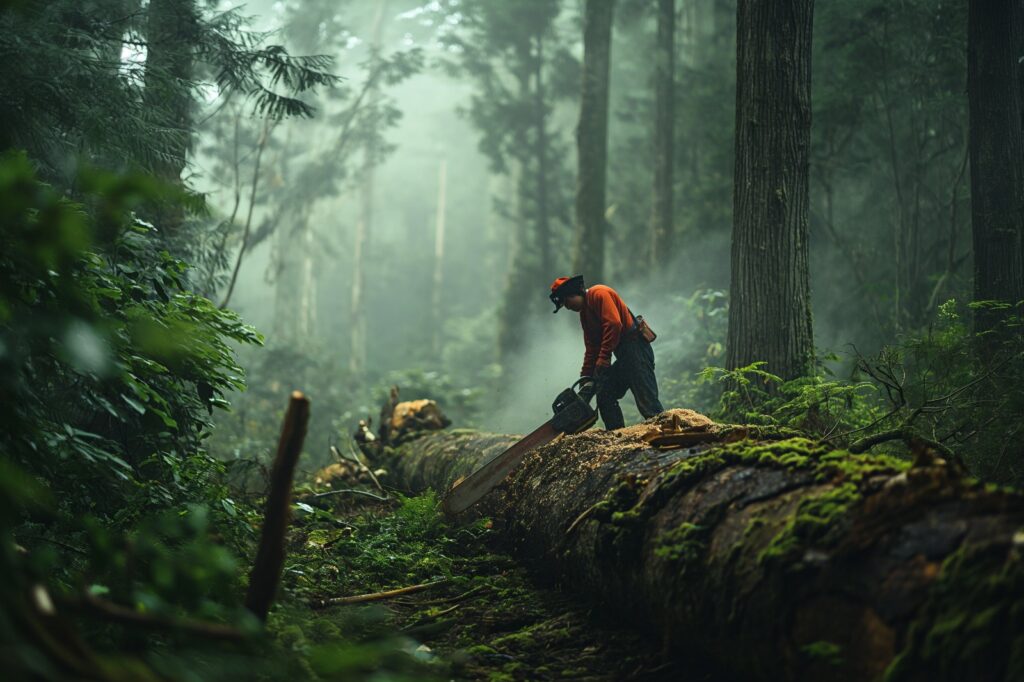In recent years, the urgency to combat deforestation and restore our planet’s greenery has gained significant momentum. Amidst various innovative reforestation techniques, one ancient yet effective method has re-emerged: seed balls. This simple, cost-effective solution has the potential to revolutionize how we approach reforestation.
What are Seed Balls?
Seed balls, also known as seed bombs, are a mixture of seeds, clay, and compost formed into small balls. These balls protect the seeds from harsh weather, pests, and birds, providing them with the nutrients needed to germinate and grow. The concept of seed balls dates back to ancient civilizations, but it was popularized in modern times by Japanese farmer and philosopher Masanobu Fukuoka as part of his natural farming techniques.
The Benefits of Seed Balls
- Cost-Effective and Easy to Produce: Seed balls require minimal resources and are easy to make, making them an affordable reforestation tool.
- Protection from Predators: The clay coating protects the seeds from being eaten by birds and insects.
- Moisture Retention: The clay helps retain moisture around the seeds, aiding in their germination.
- Ease of Distribution: Seed balls can be easily scattered by hand or using tools, even in hard-to-reach areas.
- Engagement and Education: Creating and dispersing seed balls can be an engaging activity for communities, schools, and environmental groups.
How to Make Seed Balls
Creating seed balls is a straightforward process that can be done at home or on a larger scale. Here’s a step-by-step guide:
Ingredients:
- Native seeds
- Clay powder
- Compost or worm castings
- Water
Procedure:
- Mix the Ingredients: Combine one part seeds, three parts clay powder, and five parts compost in a large container.
- Add Water: Gradually add water to the mixture until it reaches a dough-like consistency.
- Form Balls: Take small amounts of the mixture and roll them into balls, about the size of a marble.
- Drying: Place the seed balls on a tray and let them dry in a shaded area for 24-48 hours.
- Ready for Use: Once dry, the seed balls are ready to be scattered.

Challenges and Solutions in Using Seed Balls
- Management of Distribution:
- Challenge: Distributing seed balls on a large scale can be challenging.
- Solution: Partner with government ration centers and educational institutions to distribute seed balls. They can also be included in programs like the Pradhan Mantri Garib Kalyan Anna Yojana, ensuring they reach the right regions based on climate and soil quality.
- Disputed Land Issues:
- Challenge: Seed balls may be thrown on disputed lands, causing conflicts when trees grow.
- Solution: Involve local communities and NGOs in the planning and distribution process. Raising awareness through platforms like “Mann ki Baat” can also help in gaining public support and resolving disputes.
- Targeting Inaccessible Areas:
- Challenge: Reaching deep forests and unpopulated areas.
- Solution: Use helicopters or drones to distribute seed balls in these areas, ensuring even the most remote regions benefit from reforestation efforts.
The Impact of Seed Balls on Reforestation
- Management of Distribution:
- Challenge: Distributing seed balls on a large scale can be challenging.
- Solution: Partner with government ration centers and educational institutions to distribute seed balls. They can also be included in programs like the Pradhan Mantri Garib Kalyan Anna Yojana, ensuring they reach the right regions based on climate and soil quality.
- Disputed Land Issues:
- Challenge: Seed balls may be thrown on disputed lands, causing conflicts when trees grow.
- Solution: Involve local communities and NGOs in the planning and distribution process. Raising awareness through platforms like “Youtube” can also help in gaining public support and resolving disputes.
- Targeting Inaccessible Areas:
- Challenge: Reaching deep forests and unpopulated areas.
- Solution: Use helicopters or drones to distribute seed balls in these areas, ensuring even the most remote regions benefit from reforestation efforts.
The Impact of Seed Balls on Reforestation
Implementing seed balls on a large scale can bring about significant positive changes. They can help restore degraded lands, increase biodiversity, and combat climate change by sequestering carbon dioxide. Additionally, involving communities in the process fosters a sense of ownership and responsibility towards the environment.
Environmental Benefits:
- Reforestation: Seed balls can accelerate reforestation efforts, transforming barren lands into lush forests.
- Biodiversity: By using a mix of native seeds, seed balls can help restore local ecosystems and promote biodiversity.
- Soil Health: The organic matter in seed balls improves soil fertility and structure.
Social Benefits:
- Community Engagement: Creating and dispersing seed balls can be a community-driven activity, enhancing social cohesion and environmental awareness.
- Educational Value: Schools can incorporate seed ball projects into their curriculum, teaching students about ecology and the importance of reforestation.
Seed balls represent a blend of ancient wisdom and modern innovation in our fight against deforestation. Their simplicity, cost-effectiveness, and potential for large-scale impact make them a powerful tool in environmental conservation. By overcoming distribution challenges and involving communities, we can harness the full potential of seed balls to create a greener, healthier planet for future generations.
Whether you’re an individual, a school, or an organization, you can contribute to reforestation efforts by making and dispersing seed balls. Together, we can turn the tide against deforestation and nurture a sustainable future.



